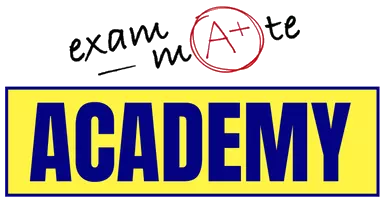HTML
HTML (HyperText Markup Language) is the standard markup language for creating and structuring content on the web. It uses a system of tags to define the structure of a webpage, specifying elements such as headings, paragraphs, links, and images. Browsers interpret HTML code to render the visual presentation of web content for users.
CSS
CSS (Cascading Style Sheets) is a stylesheet language used to control the presentation and layout of HTML documents. It allows web developers to define styles such as colors, fonts, spacing, and positioning, ensuring consistent and visually appealing designs. CSS rules are applied either inline, within the HTML document, or externally as a separate stylesheet.
JAVA SCRIPT
JavaScript is a versatile scripting language used for web development. It enables interactive and dynamic behavior on web pages, allowing developers to manipulate the Document Object Model (DOM) and respond to user actions. JavaScript can be embedded directly within HTML documents or included as external scripts to enhance the functionality of websites.
VERSION CONTROL
Git is a distributed version control system, facilitating collaborative software development. It tracks changes in source code, allowing multiple developers to work on projects simultaneously while maintaining a history of revisions. Developers use commands like commit, branch, and merge to manage and synchronize code changes efficiently.



